Optimal Timing for Lead Paint Testing
Lead paint testing is most effectively conducted during periods of minimal weather disruptions, typically in late spring or early fall. Testing during these times allows for better access to exterior surfaces and reduces delays caused by adverse weather conditions. Conducting tests prior to renovation or remodeling projects ensures that any lead hazards are identified and addressed early, minimizing health risks.
Late spring and early fall are optimal for lead paint testing due to milder weather and easier access to surfaces.
Testing before renovation projects helps identify lead hazards early, ensuring safety compliance.
Conducting tests after construction confirms that no lead hazards remain or have been introduced.
Avoid testing during extreme weather conditions such as heavy rain or snow to ensure accurate results.

Exterior testing is easier during mild weather, ensuring thorough inspections.
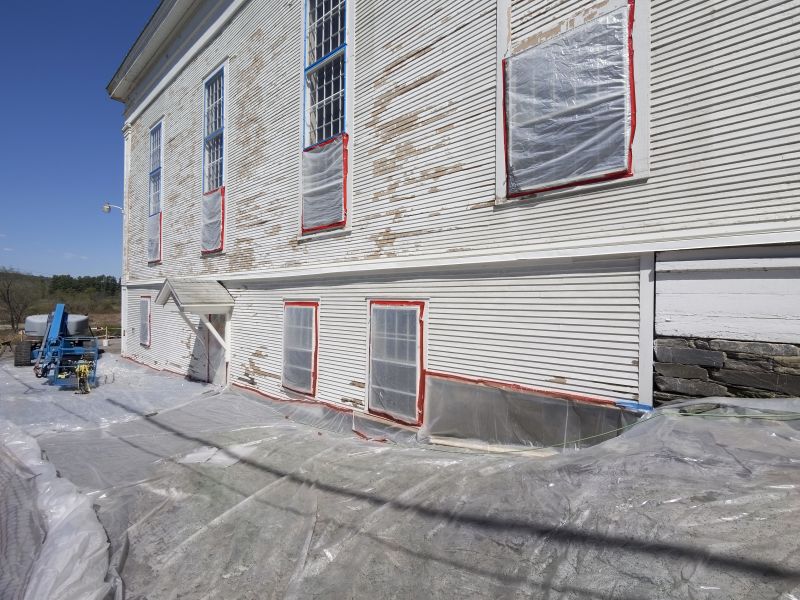
Ideal for interior and exterior surfaces before winter weather sets in.
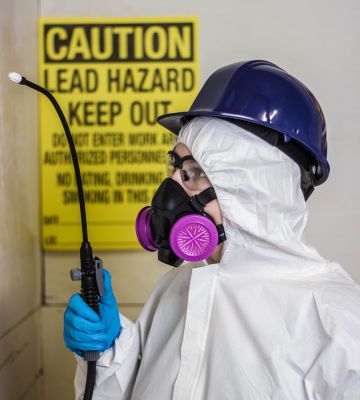
Identifies hazards before work begins, reducing health risks.
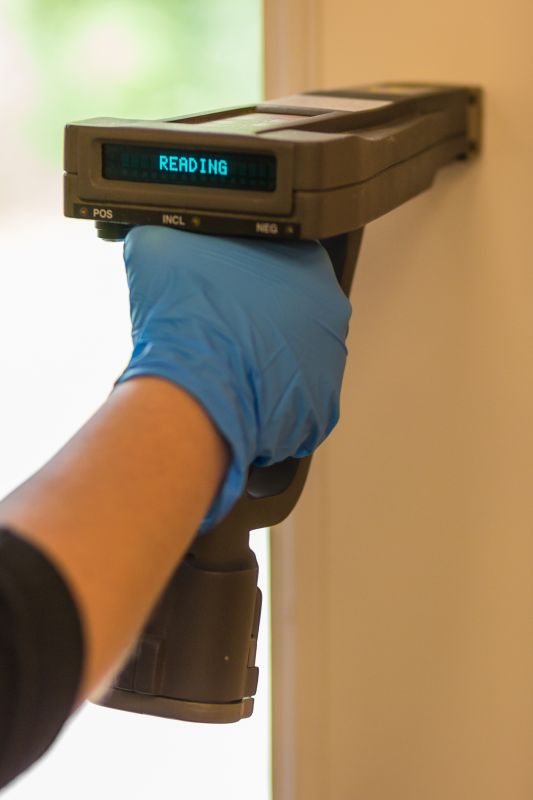
Verifies safety after renovations or repairs are completed.

Ways to make Lead Paint Testings work in tight or awkward layouts.

Popular materials for Lead Paint Testings and why they hold up over time.
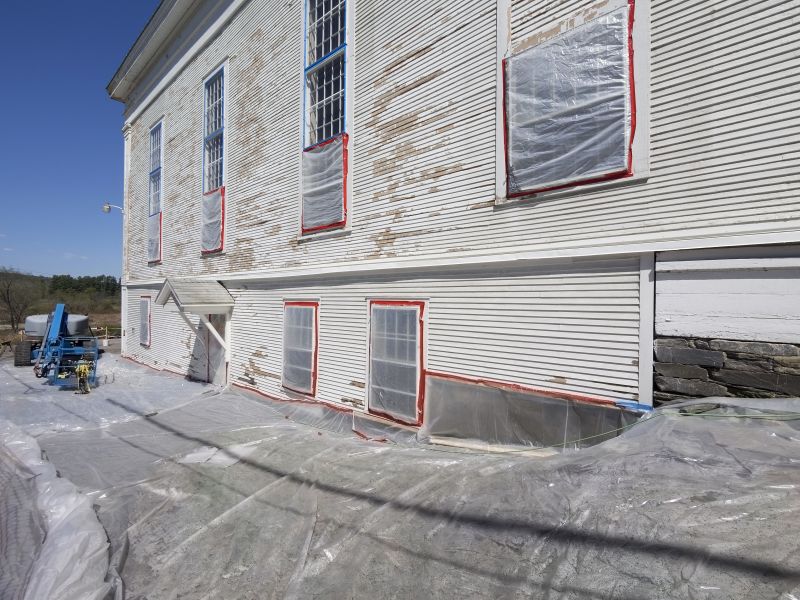
Simple add-ons that improve Lead Paint Testings without blowing the budget.
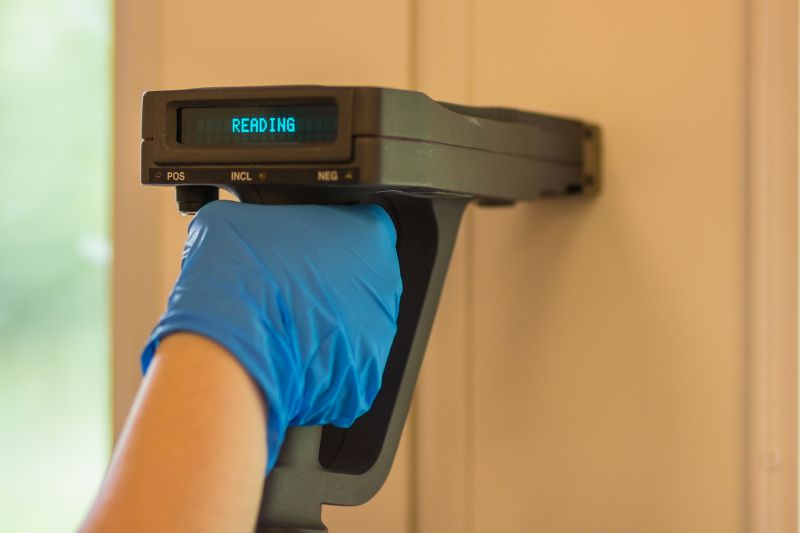
High-end options that actually feel worth it for Lead Paint Testings.
| Scenario | Recommended Timing |
|---|---|
| Exterior inspections | Late spring or early fall |
| Interior inspections | Any season, avoiding extreme weather |
| Before renovation | Prior to starting work |
| After renovation | Immediately after project completion |
| Occupancy planning | During periods of planned occupancy or vacancy |
Lead paint testing plays a crucial role in ensuring safety in residential and commercial properties. Lead-based paint was commonly used in buildings built before regulations restricted its use. Exposure to lead paint hazards can cause serious health issues, especially in children and pregnant women. Testing methods include surface sampling and in-situ analysis, providing accurate detection of lead presence. Regular testing, particularly before renovations or occupancy changes, helps prevent lead poisoning and ensures compliance with safety standards.
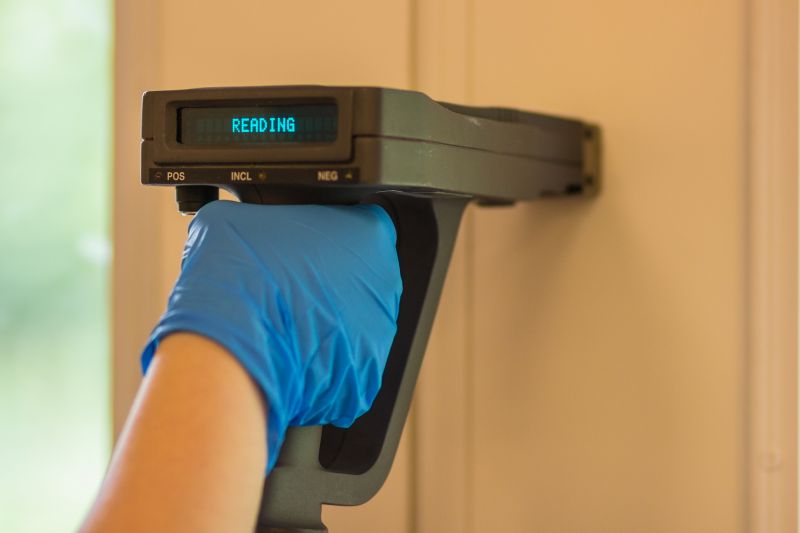
Various tools and devices used for accurate lead detection.
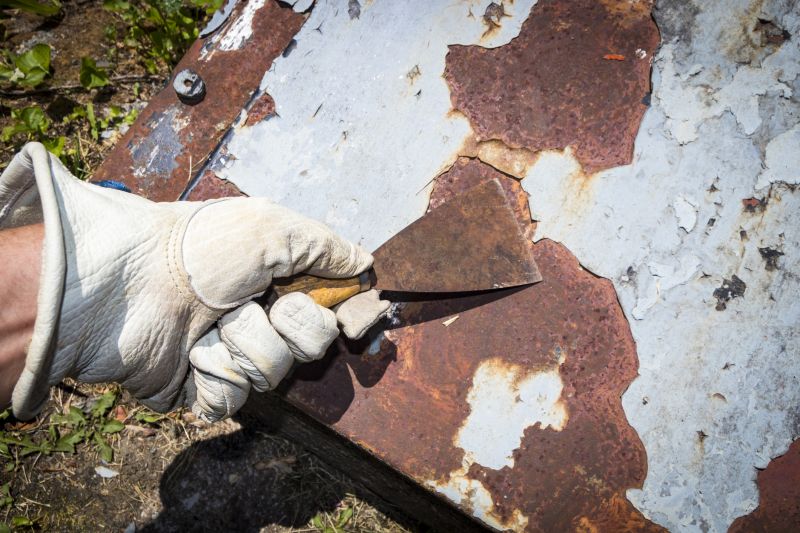
Technicians conducting surface sampling for lead analysis.
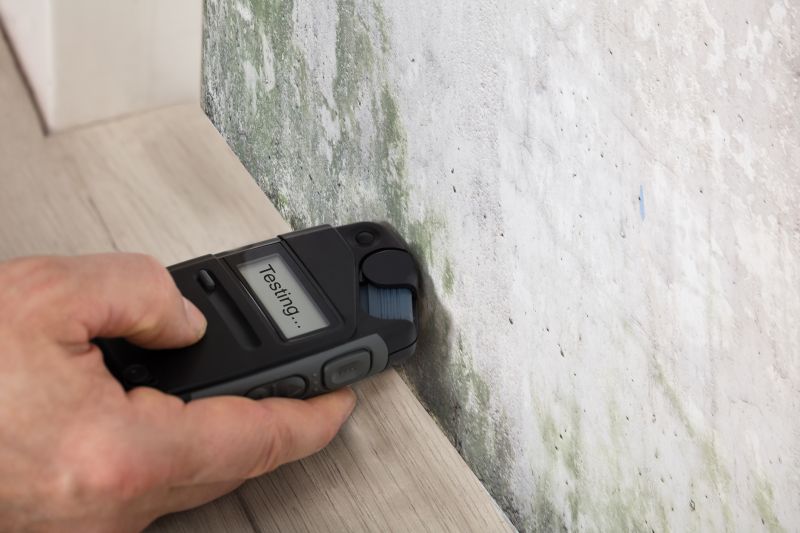
Results indicating presence or absence of lead paint.
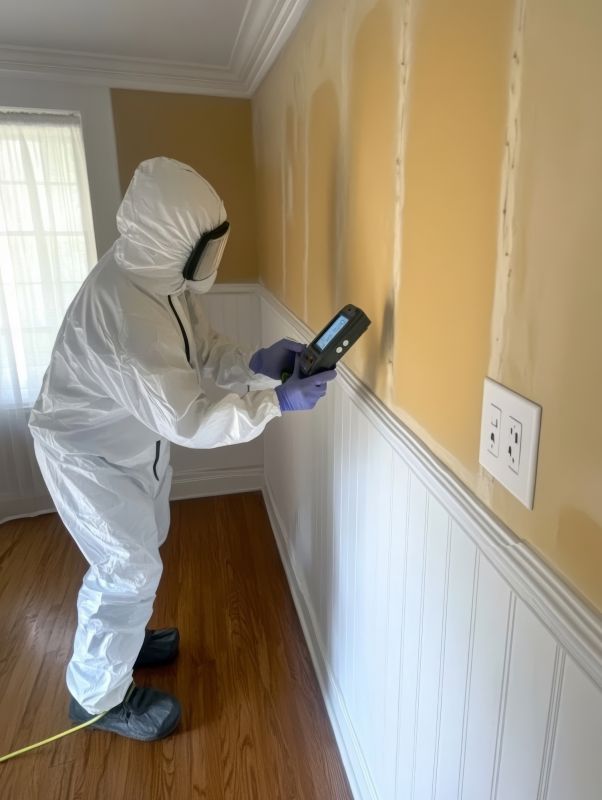
Reviewing and documenting test results for safety compliance.
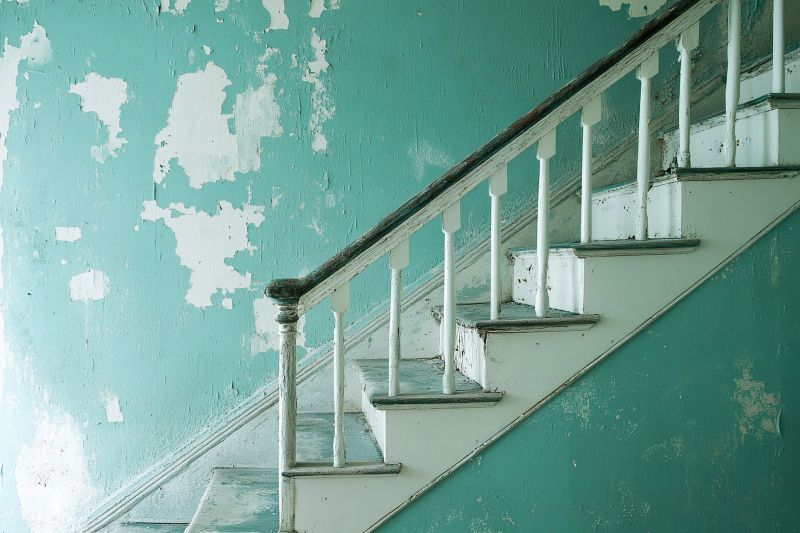
Finishes and colors that play nicely with Lead Paint Testings.
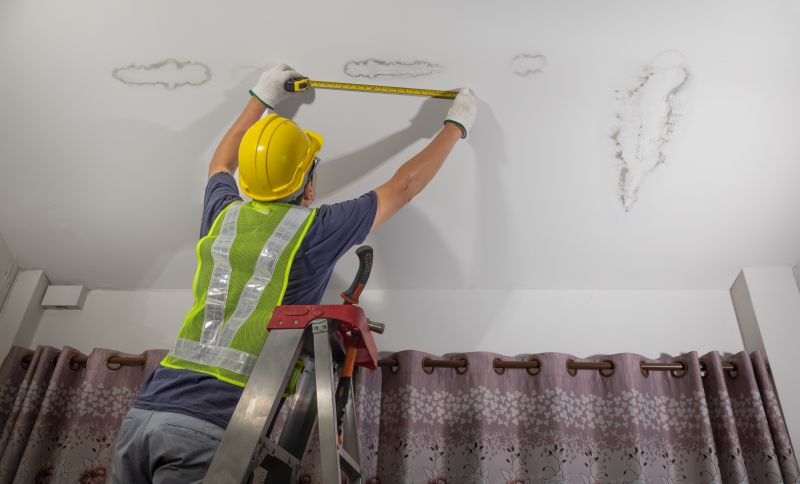
Little measurements that prevent headaches on Lead Paint Testings day.
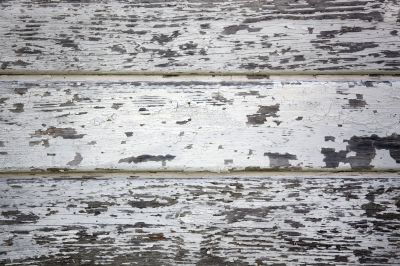
A 60-second routine that keeps Lead Paint Testings looking new.

A frequent mistake in Lead Paint Testings and how to dodge it.
Interested parties are encouraged to contact for lead paint testing services. Proper timing and thorough testing procedures are essential for safeguarding health and ensuring regulatory compliance. Professionals can provide guidance on the best testing schedule based on specific property conditions and project timelines.
